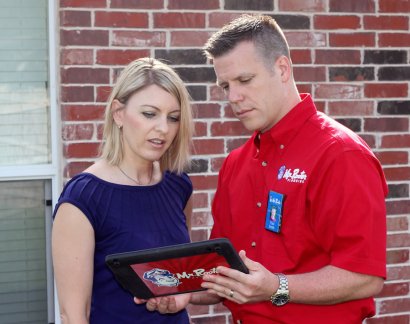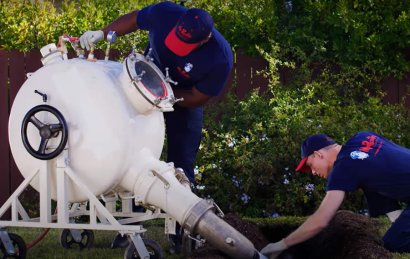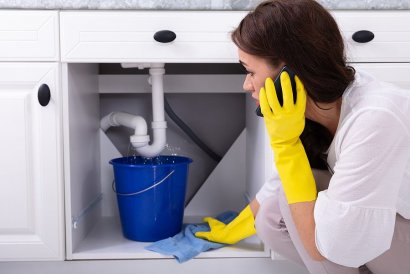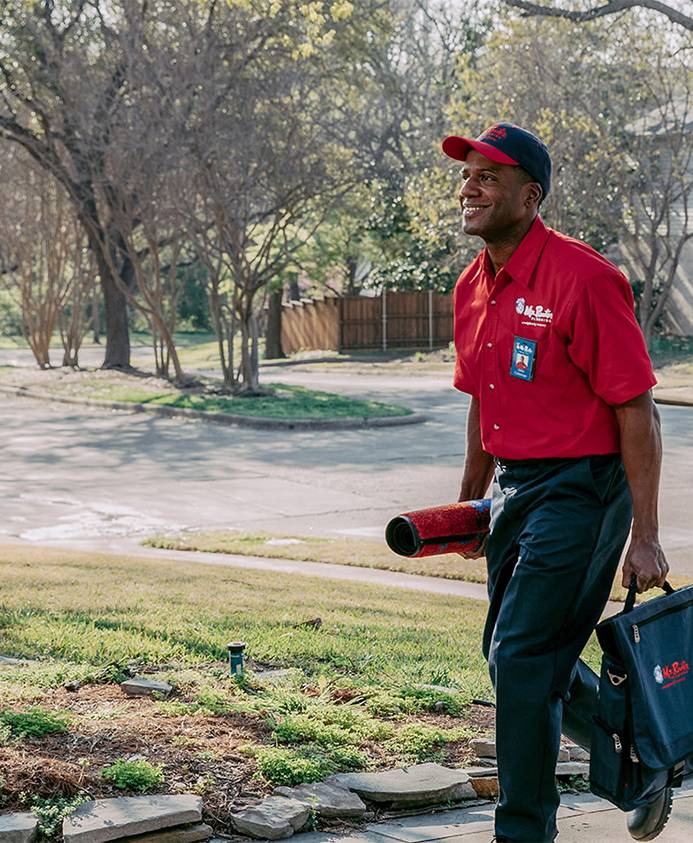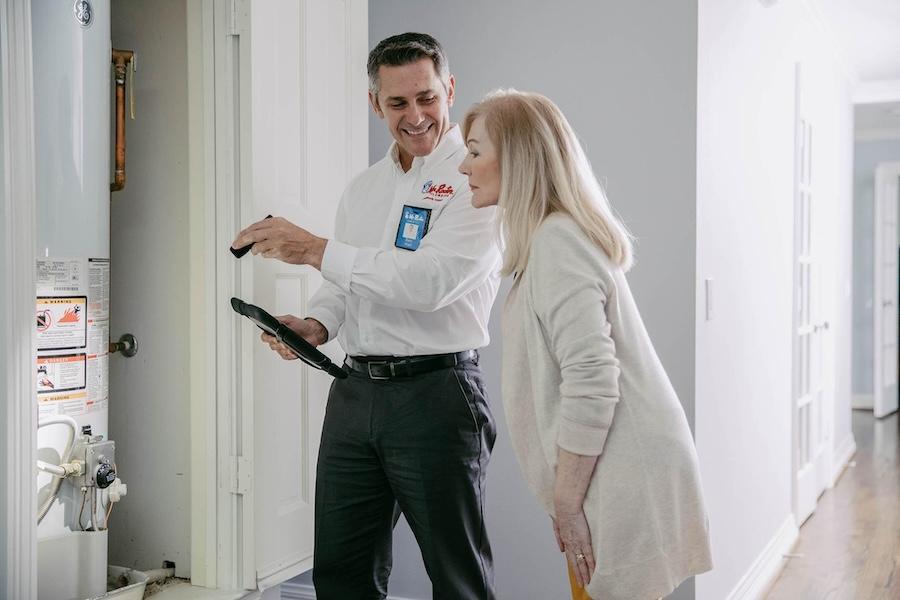How to Perform a Hot Water Heater Flush
As a homeowner, your water heater is vital in providing hot water for various daily activities. Like most plumbing systems, regular water heater repair and maintenance by a trusted plumber is crucial for optimum efficiency and longevity. While there are many aspects of maintenance, flushing is one of the most common aimed at removing sediment buildup. Mr. Rooter Plumbing recommends routine flushing to improve system performance and durability. Here’s how to flush your water heater to ensure your unit goes the distance.
Prepare the Water Heater
If a flushing job is scheduled, turn off the water heater to avoid accidents. You can switch the power supply or turn off the gas valve. Allow the water to cool for a few hours to a safe temperature before assembling the tools and equipment needed. If you prefer a more hands-off approach, this is the best time to hire a plumber.
Connect the Garden Hose
Once you have the right tools for your water heater repair and maintenance project, locate the drain valve near the bottom of the unit and attach one end of the garden hose. Check if the hose is securely connected to prevent leaks during flushing. Place the other end of the hose in a suitable drainage area where the discharged water won’t wreak havoc on your premises.
Drain the Water Heater
Open the drain valve to allow the water to flow into the chosen drain. However, be cautious as the water may be hot. Monitor the water as it drains out, checking for any signs of sediment or debris. It’s normal for the water to appear cloudy or discolored at first, but if the water draining out remains discolored, call a plumbing service expert to inspect and diagnose the problem. We can assess the severity of damage and recommend lasting solutions like water heater installation to clear blockages and restore efficiency.
Flush the Tank
Once the water runs clear, close the drain valve and disconnect the garden hose. Turn on the water supply to flush out lingering sediment or debris from the tank. Allow the water to run through the tank for a few minutes, ensuring it flows out of the hot water faucets in your home. This step helps to remove all sediments from the system without risking recurring blockages and recurring plumbing repair service calls.
Refill and Restart
After flushing the tank, close the pressure relief valve and turn on the power supply or gas valve to the water heater. Allow the tank to refill with water and heat to the desired temperature before using hot water again. While the water heater is heating to check for any leaks around the drain valve or connections. Test the hot water faucets once the tank is fully heated to ensure they function correctly. If you detect signs of a malfunction, schedule an inspection with a professional plumbing service to mitigate further issues and costly replacements.
Regular water heater flushing helps maintain your unit’s efficiency and lifespan by removing sediment buildup and improving overall performance. Plumbing repair service experts recommend flushing at least once a year, although homes with hard water or older water heaters may require more frequent flushing. Contact us at Mr. Rooter Plumbing and schedule a consultation with our team to access exceptional water heater installation, repair, and maintenance.



